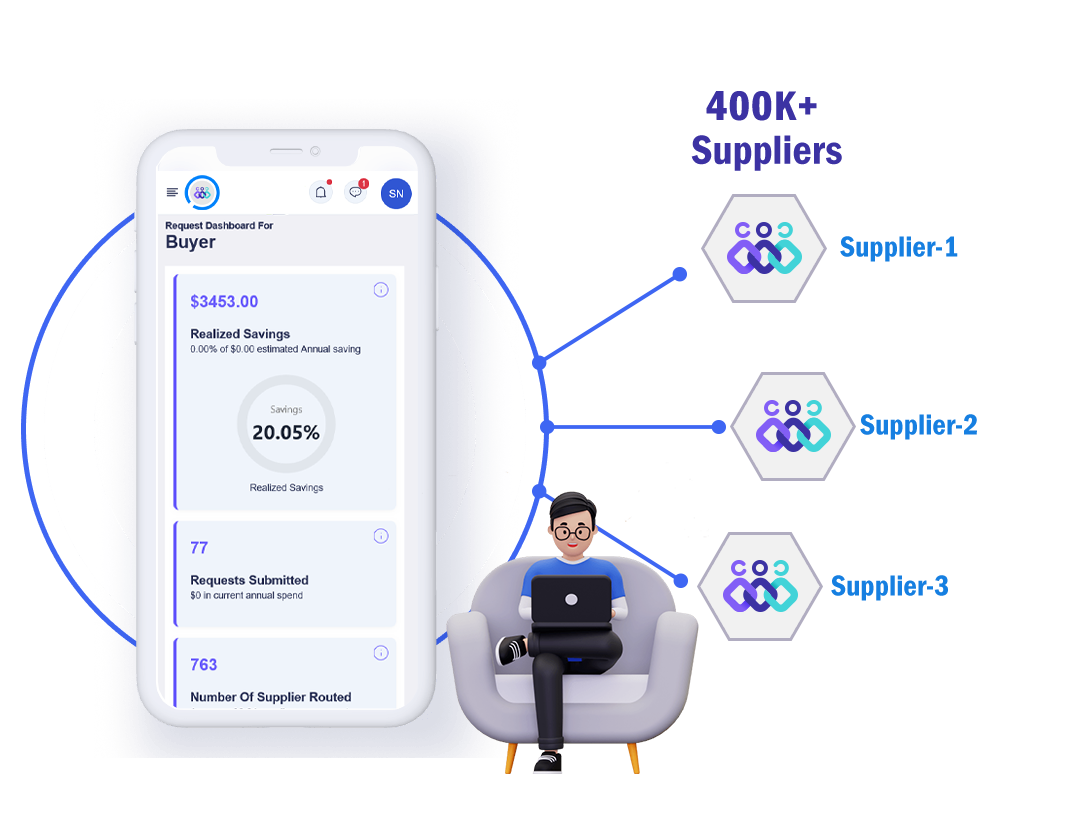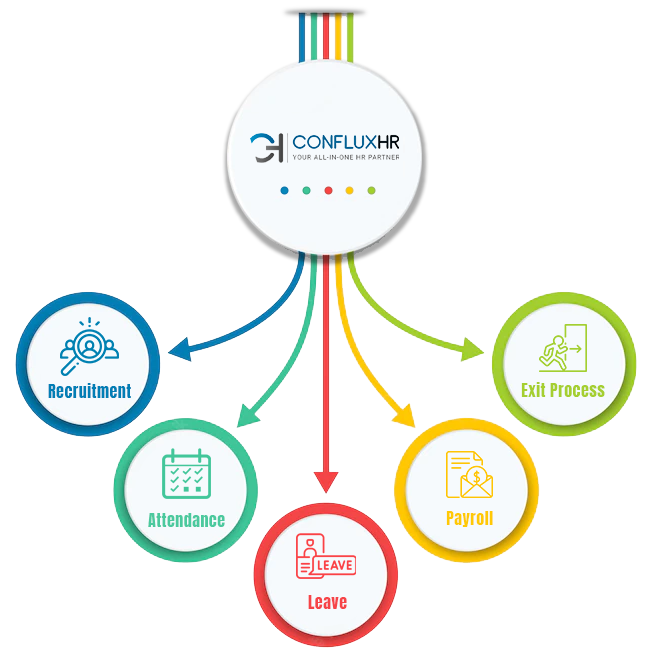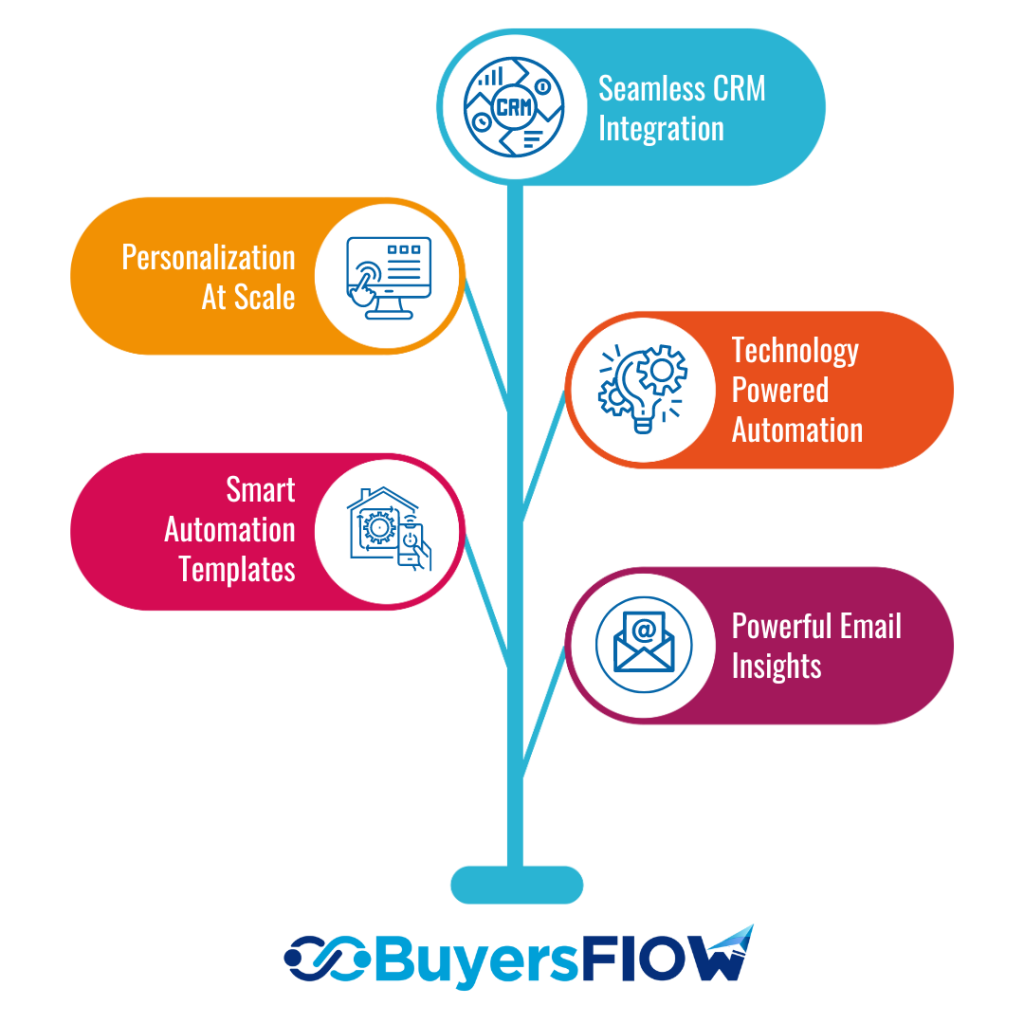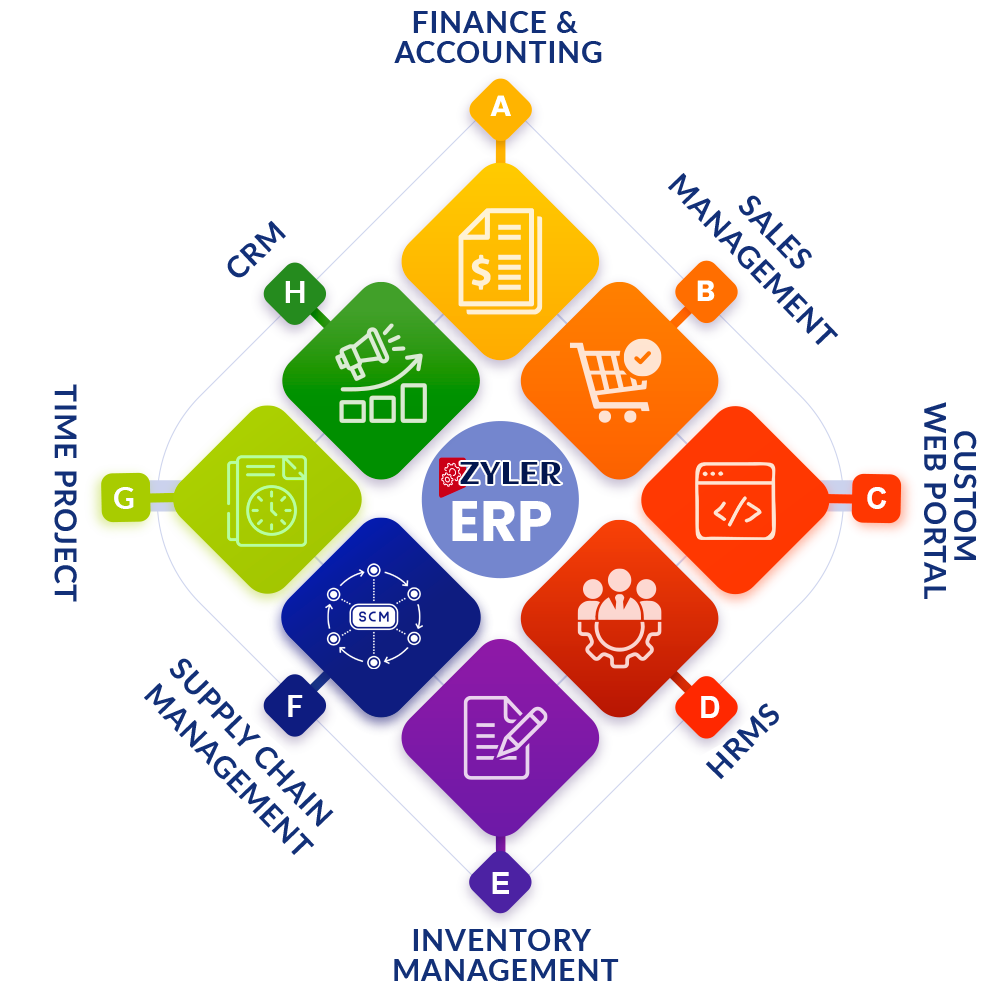
Years Experience
Founded on innovation, DBI360 transforms industry challenges into growth opportunities with AI-powered, cloud-based solutions for nutraceutical, health, and wellness sectors. As an AI-first organization, we streamline operations and enhance decision-making, driven by a skilled team dedicated to delivering quality and tailored support for thriving businesses.
Smart, scalable AI solutions
Specialists driving business growth
An AI-driven lead generation and meeting scheduling solution, Gomeet AI empowers sales teams with automation and precision targeting. Ideal for accelerating sales in nutraceutical, health, and wellness sectors, Gomeet AI reduces time-to-sale, increases qualified leads, and simplifies the sales process.

An AI-powered sourcing solution, Find Suppliers AI helps businesses quickly identify and connect with verified suppliers. Built for nutraceutical, health, and wellness sectors, it simplifies procurement, ensuring quality and efficiency.

Aster connects vendors and suppliers and helps them manage all regulatory affairs and documentation on one single platform. This, in turn, helps in reducing supply chain risks, having control of data, and triggering business processes.

ConfluxHR is an advanced and intelligent HRMS system that helps manage all human asset processes, from hiring and onboarding to performance tracking and payroll management, at one single place. It ensures employee satisfaction and development, enhancing organizational productivity.

BuyersFlow is the gateway to cutting-edge B2B email marketing. It is specialized in personalized bulk email solutions, combining dynamic content, and technology-driven segmentation.
Create targeted email campaigns that nurture leads and convert them into loyal customers.
Never miss a potential sale again! Set up automated follow-ups at strategic points in your sales funnel, ensuring timely communication with every lead.
Manage all your email interactions in one central location. No more sifting through cluttered inboxes – Buyersflow keeps everything organized and accessible.
Gain valuable insights into your email campaigns. See what’s working and what’s not, allowing you to constantly optimize your approach for better results.

Nexus Platform AI delivers a comprehensive, real-time data hub to boost your business. With 5.3 million companies, 8.2 million professionals, 630.8K products, and 1.5 million ingredients, it connects PEOPLE, PRODUCTS, and COMPANIES across departments like HR, sales, logistics, and finance.
Nexus Platform AI powers smarter decisions and faster growth through accurate, actionable insights.


A robust business management system, this ERP suite helps manage everyday business activities, such as finance, manufacturing, accounting, procurement, supply chain, and project management.


Over 1.6 million people trust DBI360 for its comprehensive solutions, reliability, and user-friendly experience. Join them for seamless business growth!
Appropriately envisioneer leveraged information through 2.0 communities. Synergistically parallel task inexpensive products whereas cross-media ideas.
Have a question or need help? Write to us below!